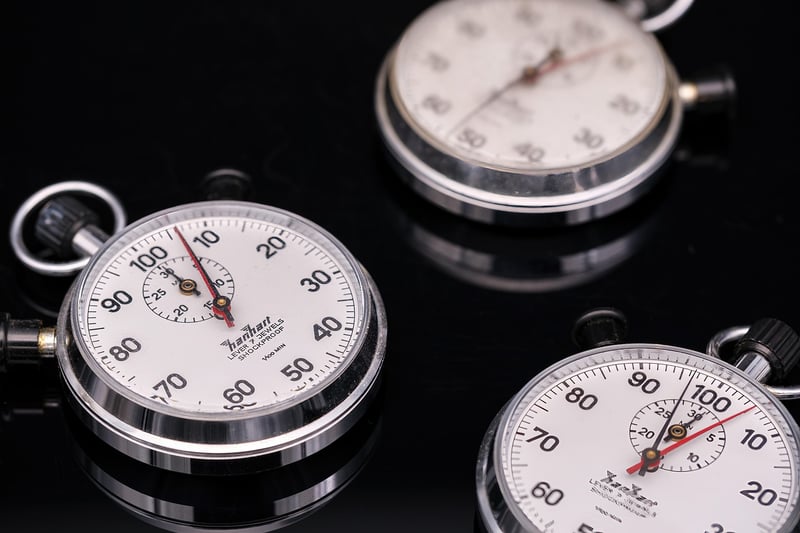Quantum Chronometers
Tools for Time Exploration and Quantum Chronometers
Time has always been a fascinating subject for humans. From ancient sundials to modern atomic clocks, we have developed various tools to measure and explore time. In recent years, the concept of quantum chronometers has emerged, promising unprecedented precision in timekeeping. Let's delve into the world of time exploration tools and the cutting-edge technology of quantum chronometers.
1. Sundials
Sundials are one of the oldest timekeeping devices, dating back to ancient civilizations. They work by casting a shadow from a gnomon (a vertical stick) onto calibrated markings to indicate the time based on the sun's position in the sky.

2. Water Clocks
Water clocks, also known as clepsydra, measure time based on the regulated flow of water from one container to another. The markings on the containers indicate the passage of time as the water level changes.

3. Mechanical Clocks
Mechanical clocks revolutionized timekeeping with the introduction of gears and escapements. From pendulum clocks to pocket watches, mechanical clocks have been essential in tracking time accurately.

4. Atomic Clocks
Atomic clocks are the most precise timekeeping devices, relying on the vibrations of atoms to measure time. They are used in scientific research, GPS systems, and telecommunications for ultra-accurate timekeeping.

5. Quantum Chronometers
Quantum chronometers are at the forefront of time exploration technology. By harnessing the principles of quantum mechanics, these devices offer unparalleled precision in measuring time intervals at the quantum level.

From ancient sundials to quantum chronometers, the evolution of timekeeping devices showcases humanity's quest for precision and understanding of time. Whether it's tracking the hours of daylight or delving into the intricacies of quantum physics, the tools we use to explore time continue to shape our understanding of the universe.
Explore more about the fascinating world of time exploration and quantum chronometers to witness the intersection of technology, science, and the concept of time itself.
